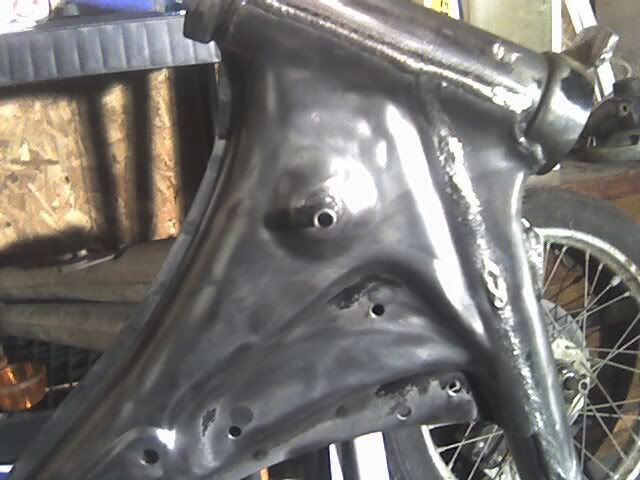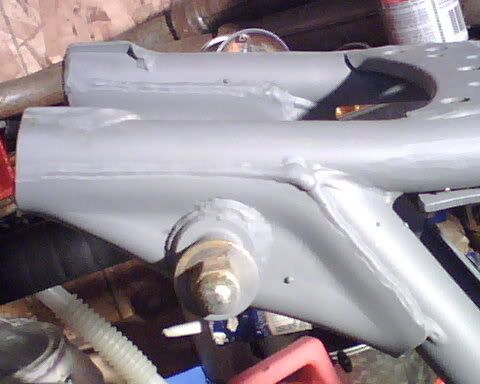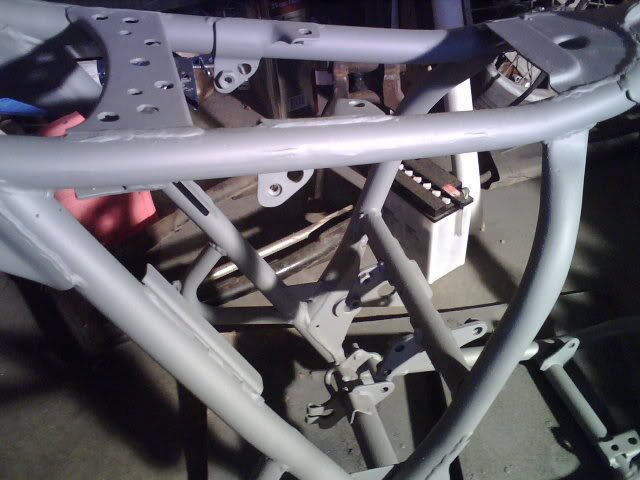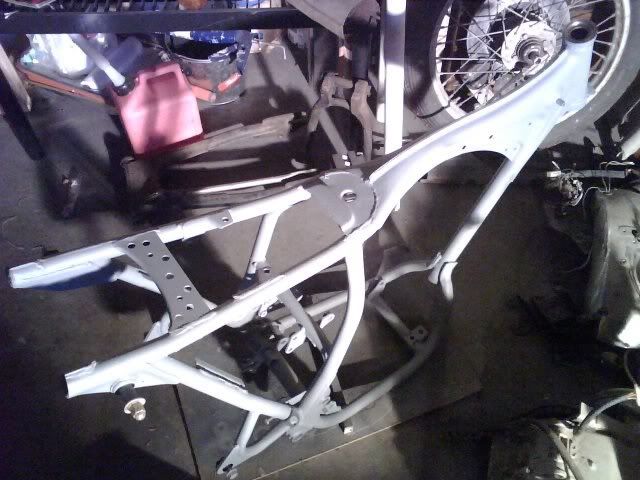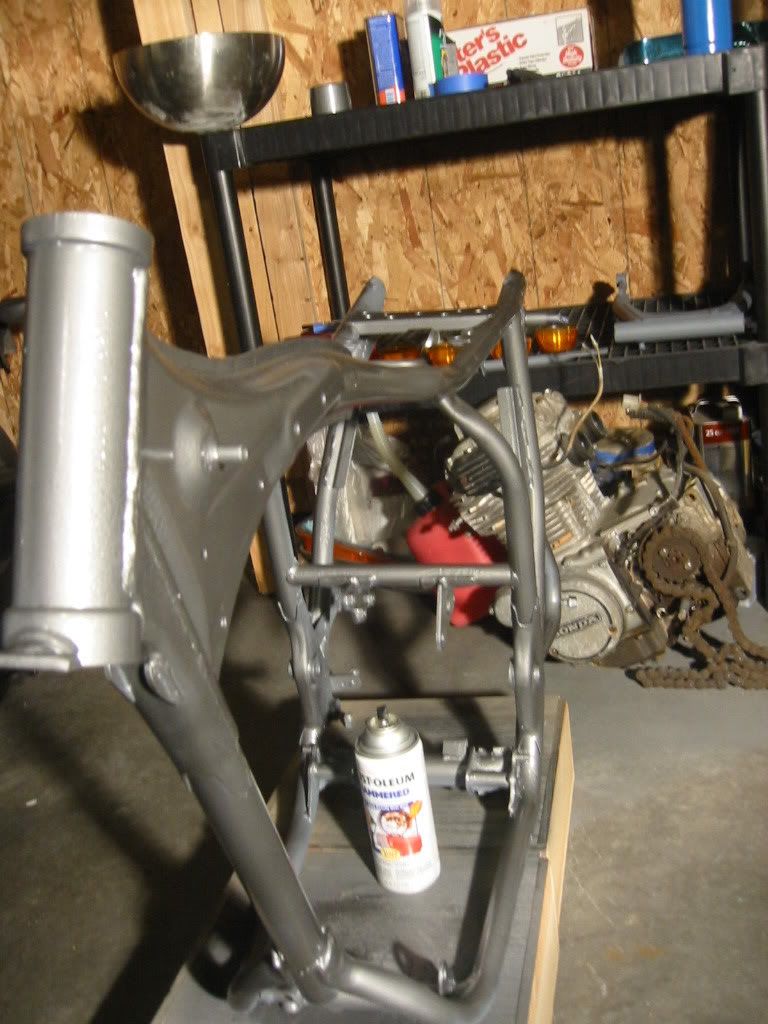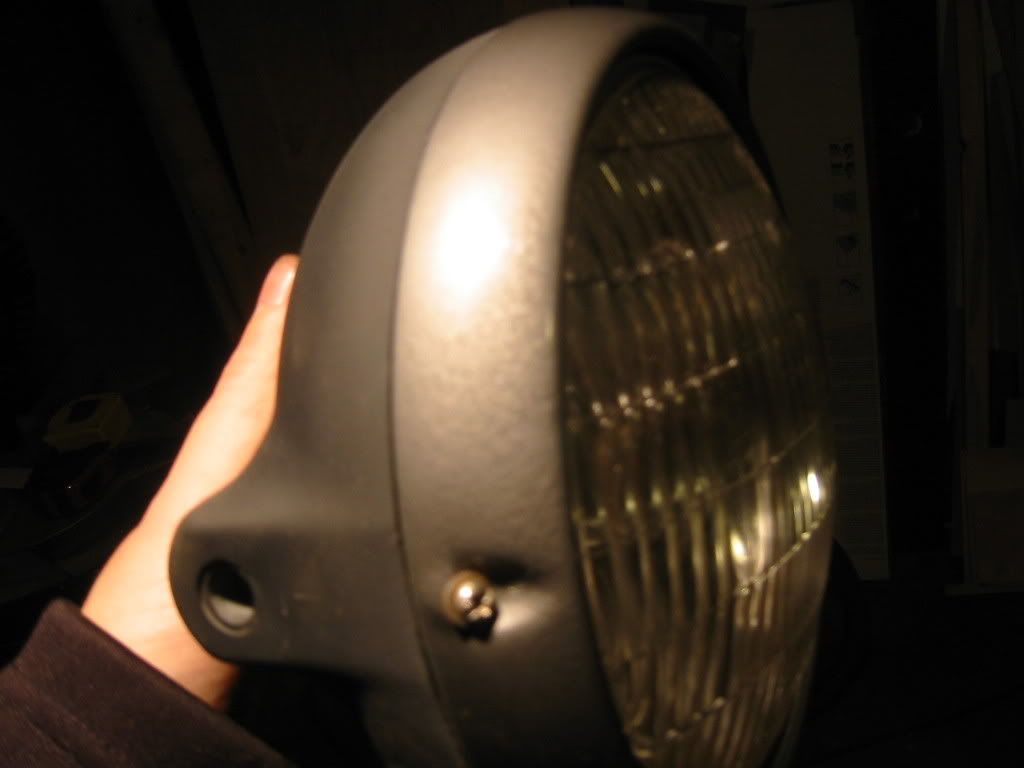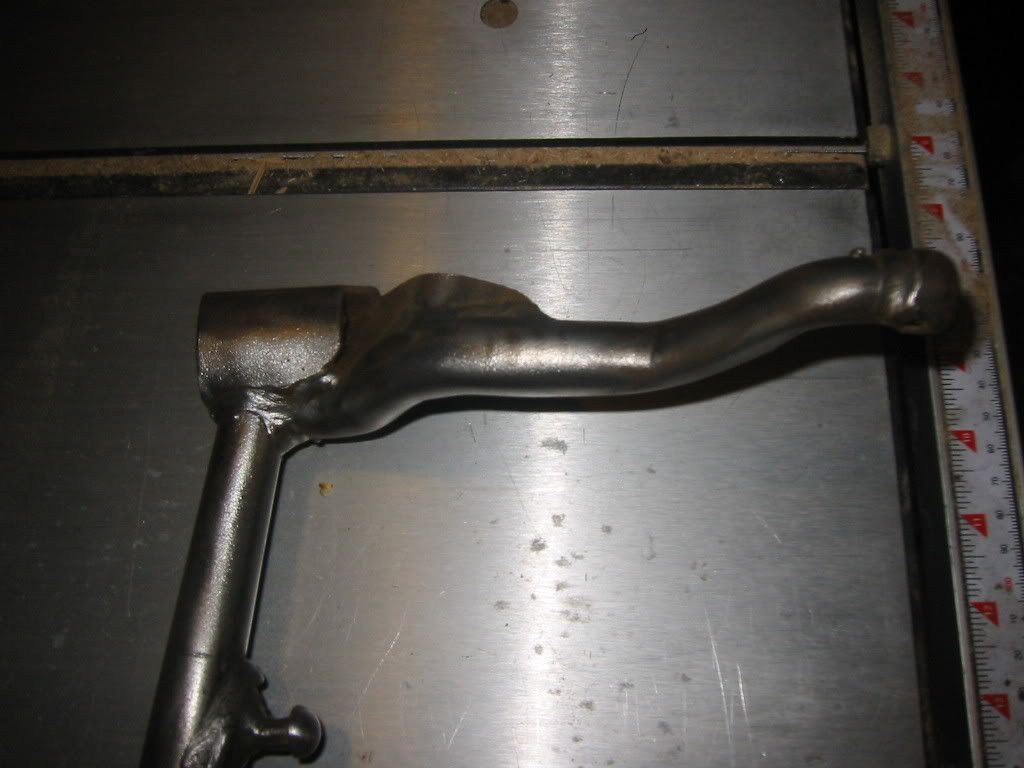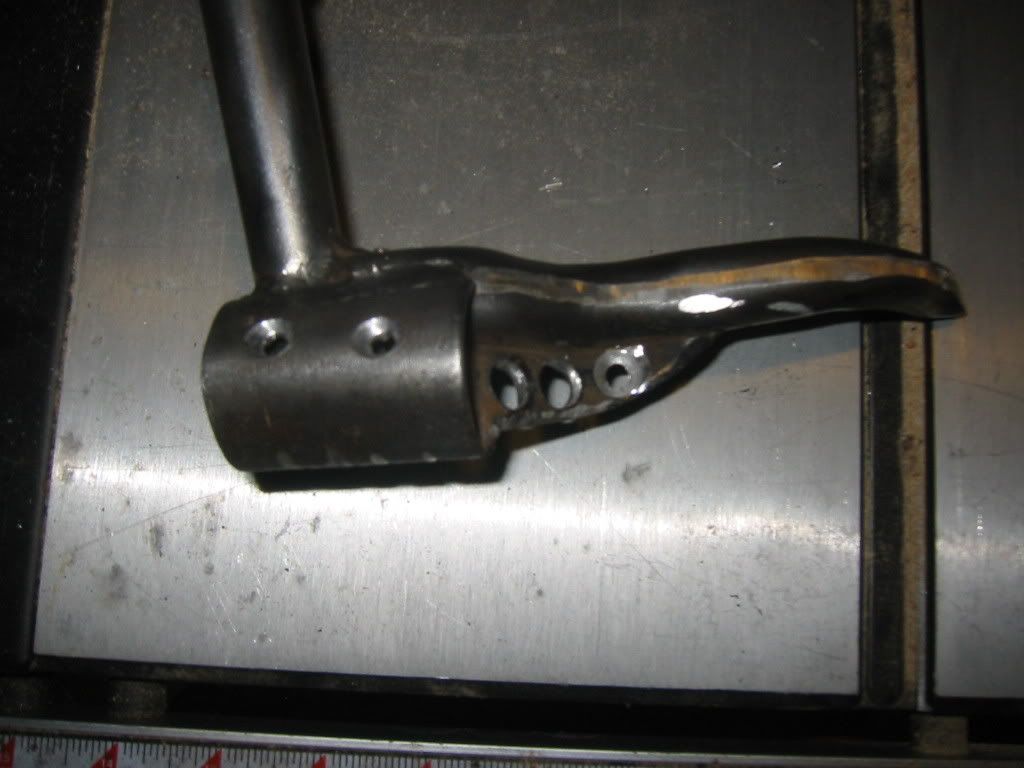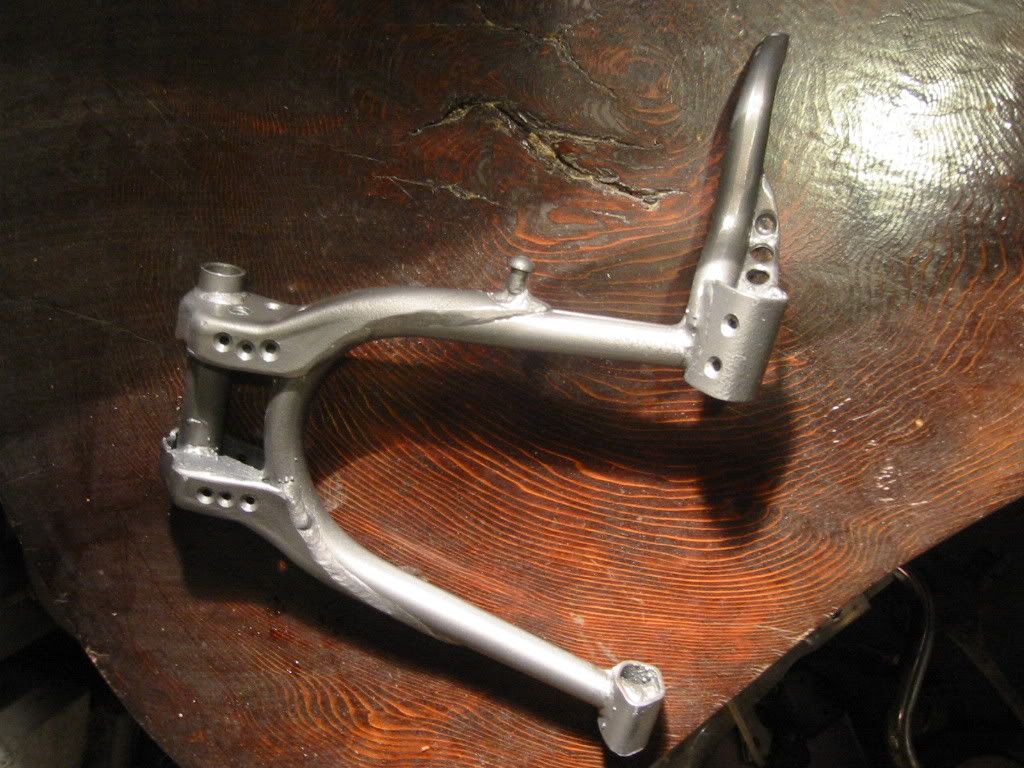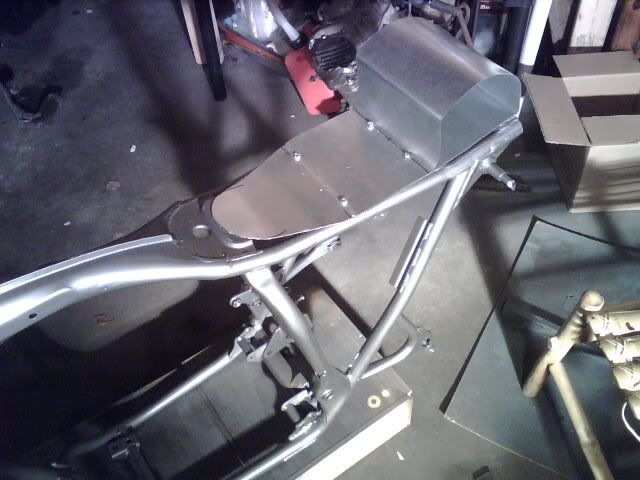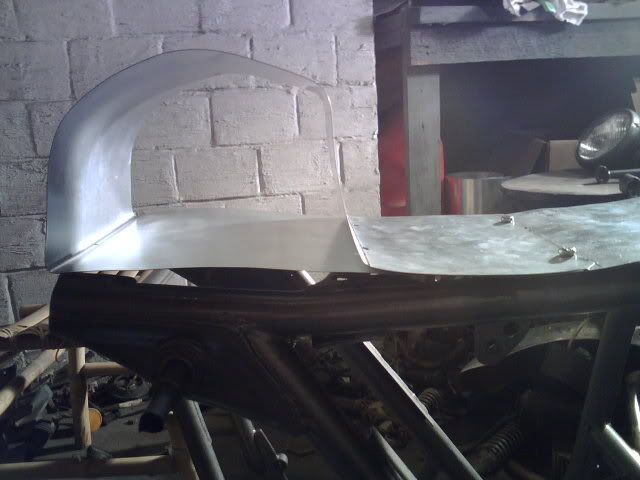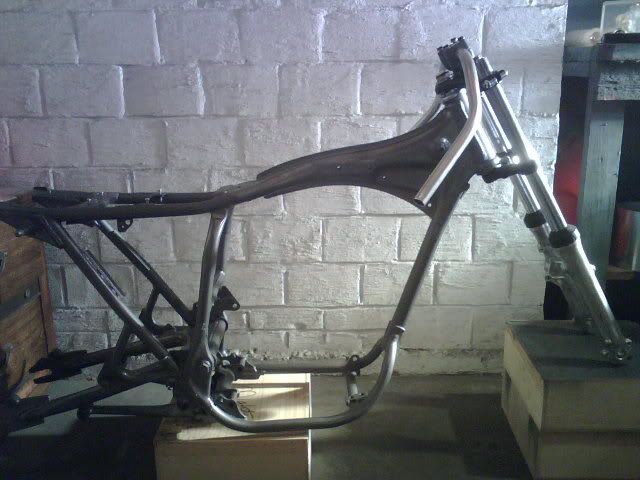Congrats on your new project! I admire your ambition.
My knowledge of motorcycle electrical is limited. However, I spent over 20 years as an automotive electronics professional.
Upon examination of your wiring diagrams (I definitely like yours better, keep it simple works well) I have a question regarding coil supply voltage. Does a motorcycle coil use full charging system voltage, or is there some way (regulator or ballast resistor) to limit voltage to the ignition coil? Just curious.
well, here's the deal with wiring up an engine on two wheels. you can use regulators, or you can use as much power as you can get. raw, unregulated, with a mind of it's own and a logic that follows only one rule: go faster.
the engine needs a basic circuit to operate, the lights need a basic circuit to operate, the charging system needs a basic circuit to operate.
so you have three really simple systems, each one has ways of making it "better". for instance you can put a voltage regulator between your battery and your headlight so that the light stays the same brightness no matter what your RPM's are, you can put a switch on your headlight to switch from high beam to low beam, you can wire up the starter to your engine, you can use a switch and relay to make a hazard flasher so all your turn signals flash when you break down, etc. the list goes on forever.
my way of thinking is this: use heavier wires than stock, keep your wire lengths as short as possible, keep your stator clean, and keep your options and accessories to a minimum, buy the best battery you can, use heavy duty bulbs. keep it as lean as possible. it's when you start trying to improve on a circuit that already works that you end up with weak points. in my opinion, i'd rather have my headlight dim at stoplights than have a resistor, relay, or switch burn out or fail on the freeway.
if you look at my diagram you'll see that i've even removed the front brake light switch. for as long as i've been riding, i've never applied the front brake without applying the rear brake, so for me there is no reason for the front brake switch. the advantage?
the front brake switch is a pressure switch tied into my hydraulic brake line. instead of two ends of a hose, i end up with four. two between the cylinder and the switch, two between the switch and the caliper. four possible leaks. i also have a hydraulic switch that can burst, leaking my brake fluid, leaving me with no front brake, or the switch can fail altogether and short out my tail light circuit.
by deeming that whole system a risk i can run without, and putting my whole brake light system at the control of a simple heavy duty mechanical switch on my rear brake, i've cut my chances of failure in half. the switch doesn't have any way of interfering with my brakes, has no leak points, and is as simple and heavy duty as you can get.
use that equation on all three of the basic systems that make up a bike's wiring, and you get where i'm coming from.
keep in mind i sacrifice a lot of convenience and modern comforts for the sake of precision and power in this case. the reality of this bike is it's being built for loud quick rides through commuter traffic to a sushi joint or racetrack on sunny dry afternoons in the city. i'll be riding this bike just to hear raw pipes and quick shifts, to feel the vibration of an engine revved in my teeth and the heat of cylinder heads right in front of my knees. this is the bike you rev loudly at stoplights and get fear and respect. this is a machine you ride to ride, not to pick up cat food and dish soap at the grocery store.
my comfortable daily driver is a 2004 yamaha zuma. i'll leave all the safety features and accessory lights on that one.


